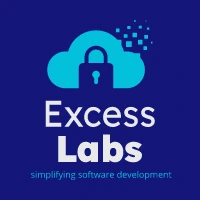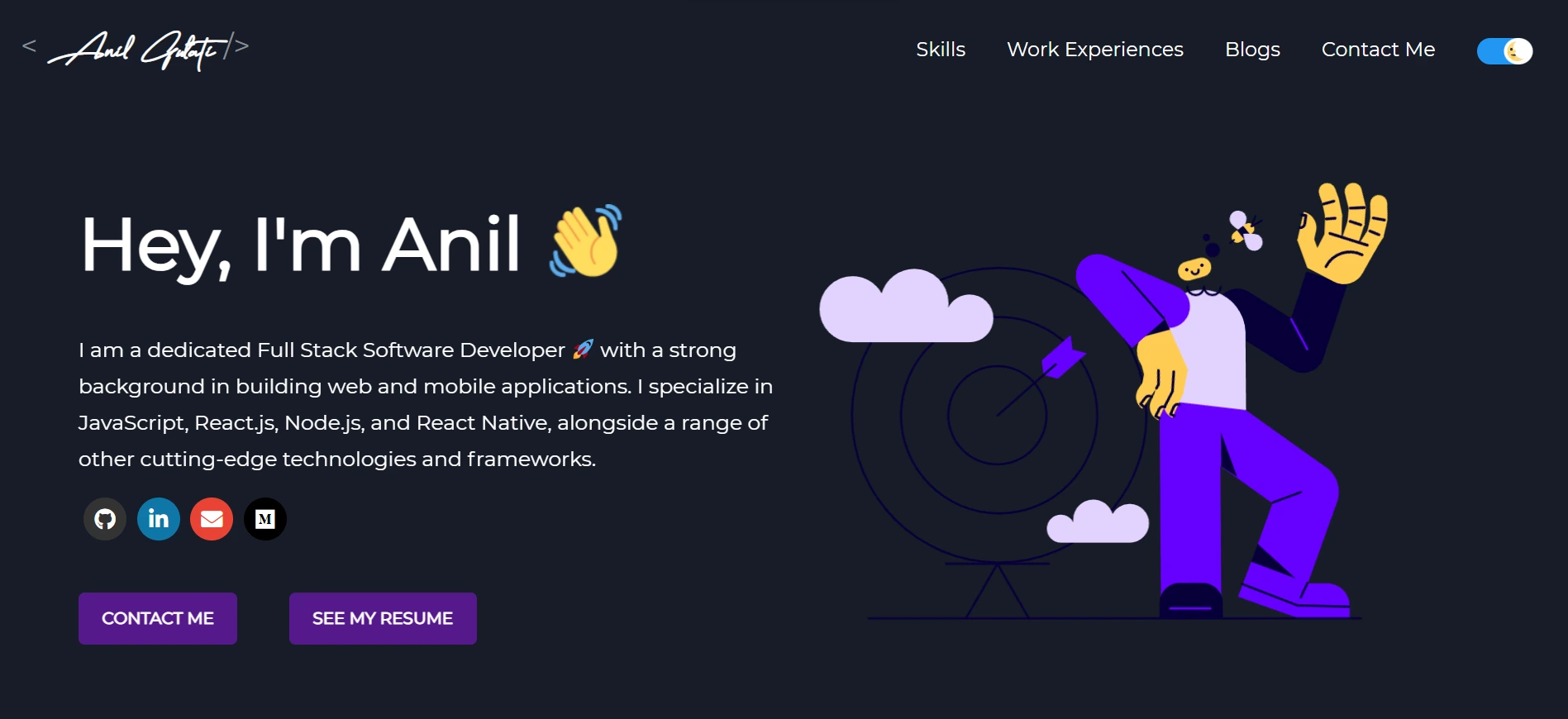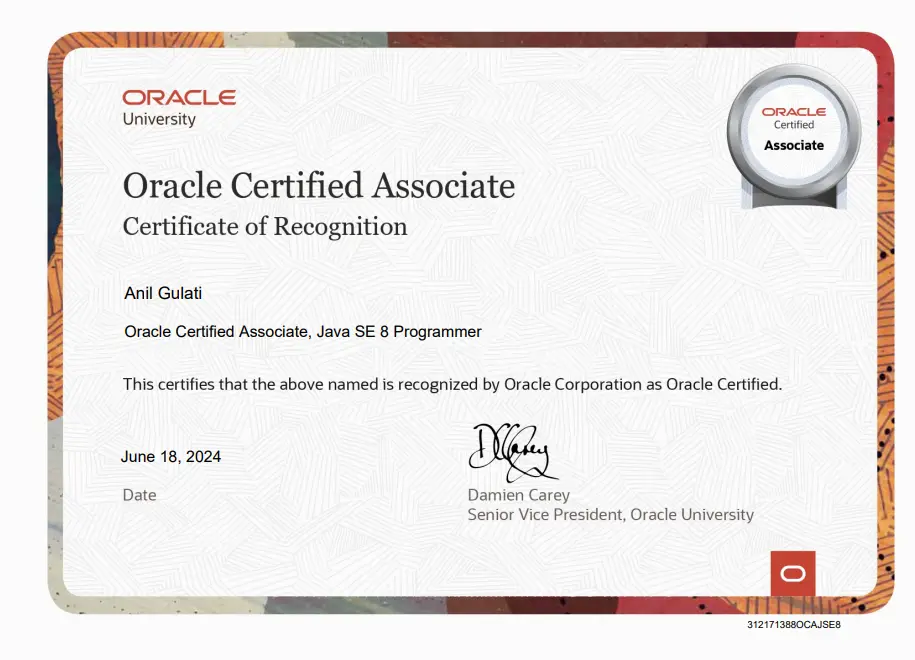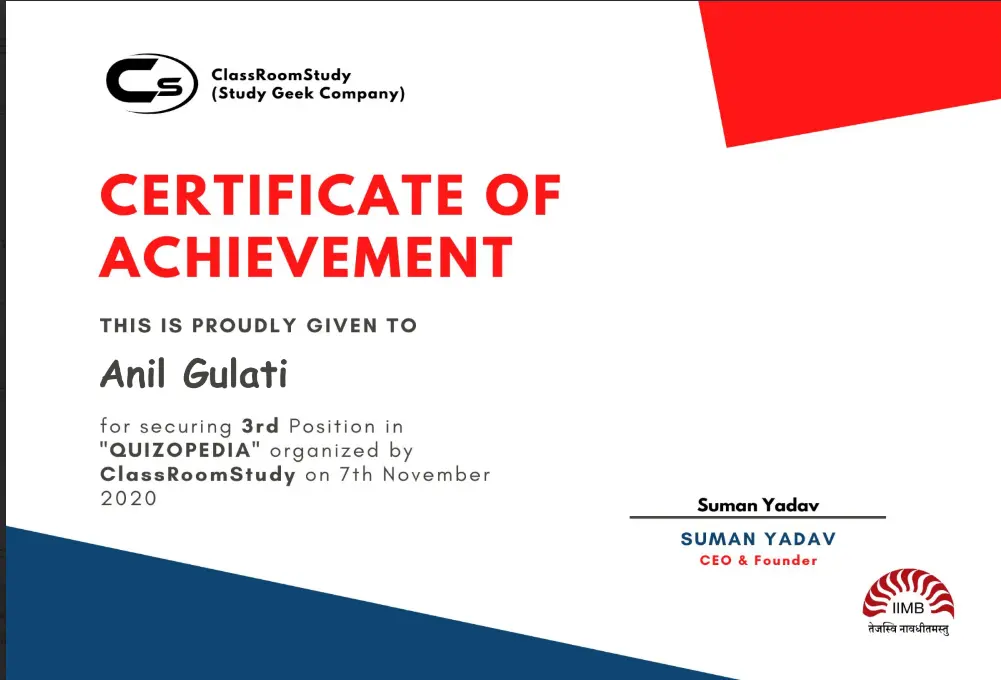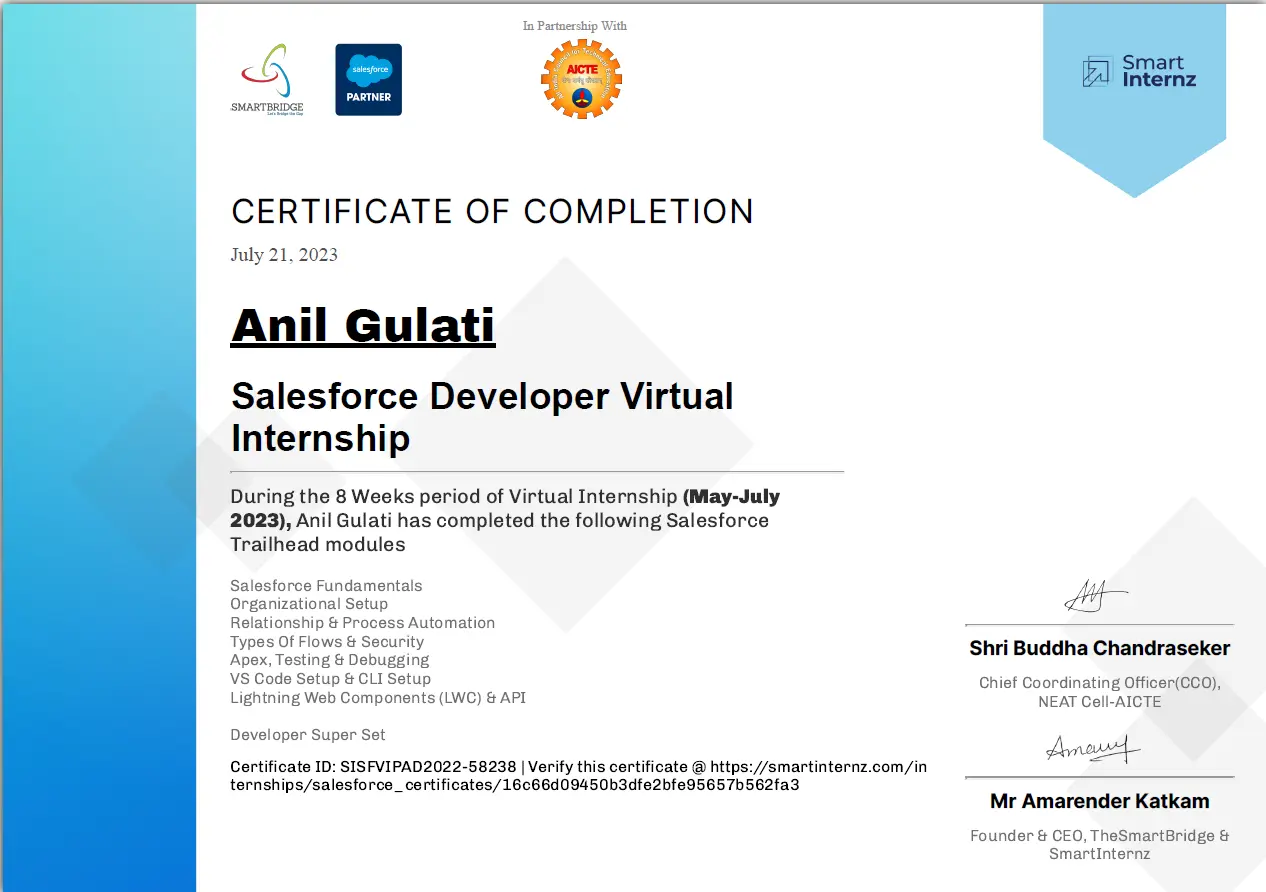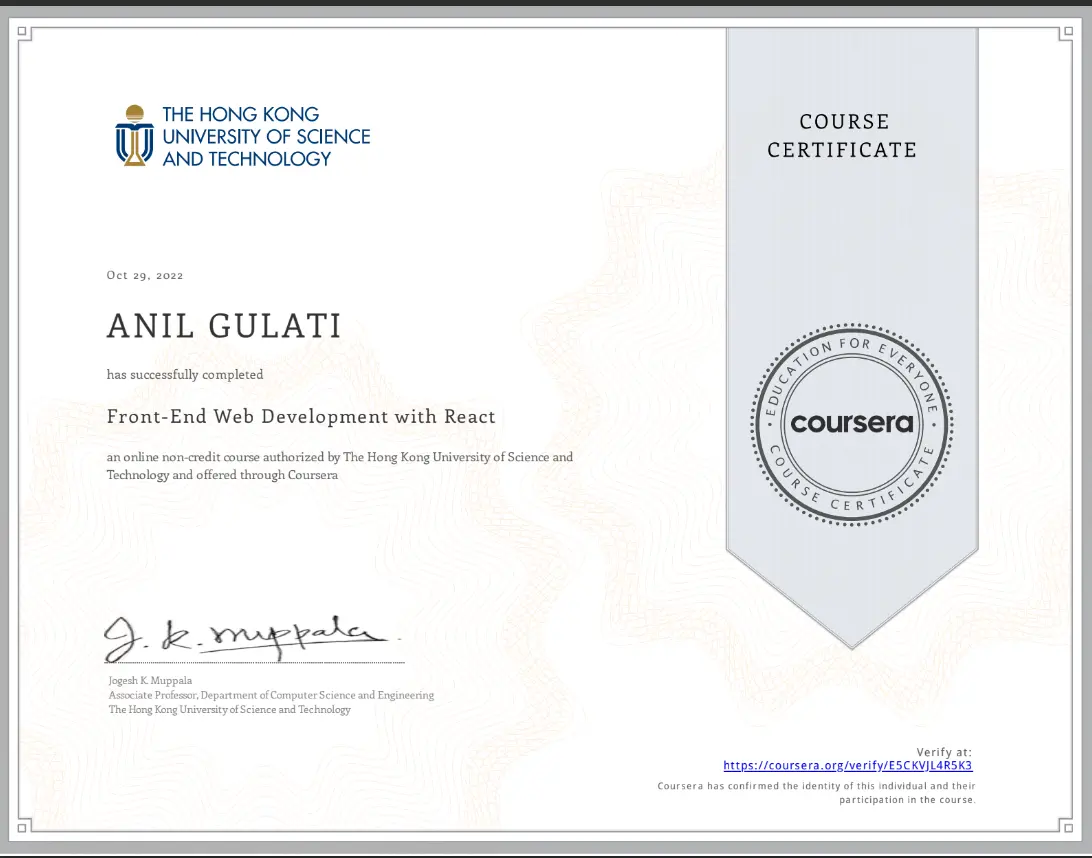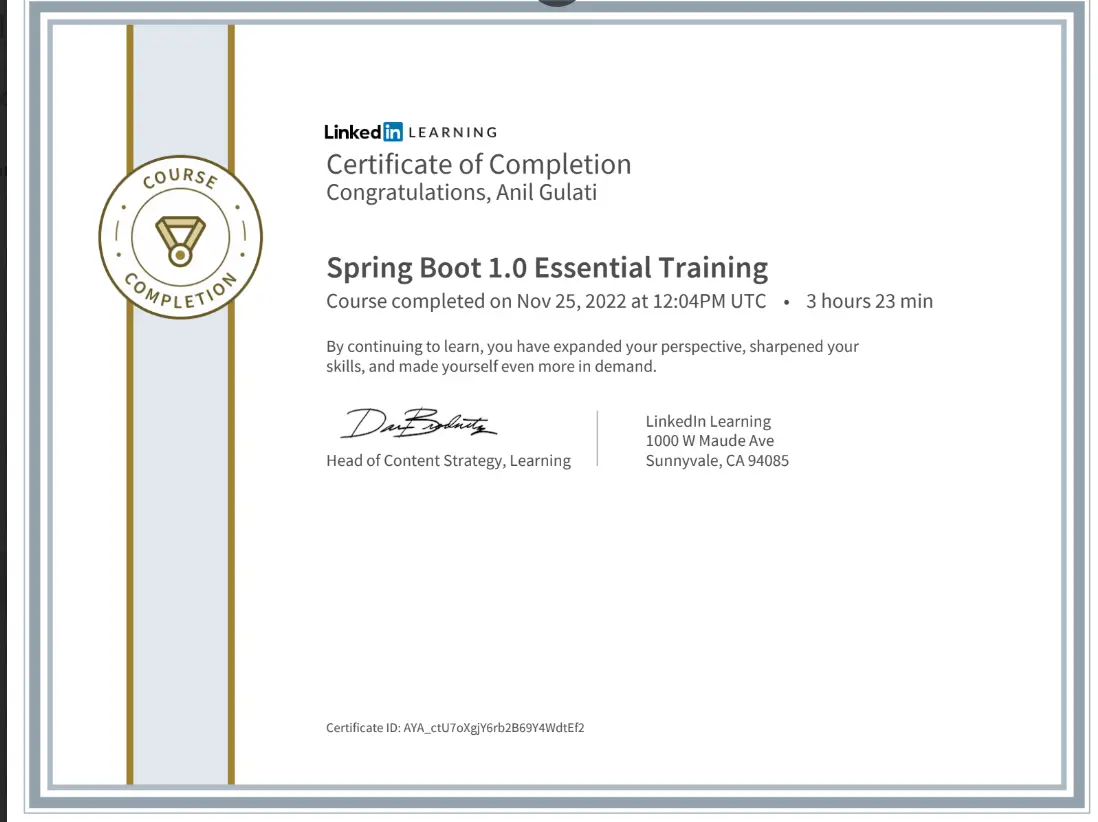Mastering Network Security: A Comprehensive Guide to Amazon VPC in AWS
Amazon Virtual Private Cloud (Amazon VPC) is a fundamental service in Amazon Web Services (AWS) that allows users to create secure and isolated networks within the AWS cloud. In this article, we will explore the key concepts of Amazon VPC and learn how to set up a VPC, subnets, and an EC2 instance within it. By the end of this guide, you will have a clear understanding of how to create your own private network in AWS.. When working with AWS, it’s essential to understand the distinction between configuring VPC settings and adjusting inbound rules. While both are crucial for network security, they serve different purposes.. In AWS, networks fall into one of three categories: VPC, private, and public networks.. In this chapter, we’ll walk you through the process of creating your own Amazon VPC. Before we dive into the practical steps, let’s clarify some fundamental concepts.. CIDR, or Classless Inter-Domain Routing, notation is used to define the IP address range for your VPC. It consists of an IP address and a prefix length, separated by a slash (“/”). For example, “10.0.0.0/16” represents an IP address range from 10.0.0.0 to 10.0.255.255, with a total of 65,536 IP addresses. The prefix length (in this case, “/16”) determines the size of the IP address block..
Confirmation: Once the VPC creation process is complete, you’ll see a confirmation message. Note down the VPC ID for reference.. Now that you’ve established your Amazon VPC, it’s time to carve it up into smaller, manageable segments known as subnets. Subnets allow you to organize your resources, control traffic flow, and enhance security within your VPC..
Now that you’ve created subnets within your Amazon VPC, it’s time to put them to use by launching an Amazon Elastic Compute Cloud (EC2) instance. EC2 instances are virtual servers in the cloud that you can use to run applications and services..
In the previous chapters, we created a Virtual Private Cloud (VPC), and launched an Amazon EC2 instance within it. Now, let’s explore how to connect your VPC to the internet, allowing your instances to communicate with the outside world.. First, we need to create an internet gateway, which acts as a gateway for traffic between your VPC and the internet..
Next, we’ll attach the internet gateway to your VPC..
To direct internet-bound traffic from your instances to the internet gateway, update your VPC’s route table..
Now that your VPC is connected to the internet, test the connectivity of your EC2 instance. You should be able to SSH into the instance or access any public services running on it..
 Python for ML/DS: pandas, NumPy, scikit‑learn, TensorFlow/Keras; basic PyTorch
Python for ML/DS: pandas, NumPy, scikit‑learn, TensorFlow/Keras; basic PyTorch E2E data work: cleaning, feature engineering, model training, cross‑validation, A/B‑style evaluation
E2E data work: cleaning, feature engineering, model training, cross‑validation, A/B‑style evaluation SQL & NoSQL: query design, indexing basics, analytical queries; dashboards with Power BI
SQL & NoSQL: query design, indexing basics, analytical queries; dashboards with Power BI MLOps-lite: reproducible notebooks, experiment tracking, packaging, Docker; deploy with FastAPI/Flask
MLOps-lite: reproducible notebooks, experiment tracking, packaging, Docker; deploy with FastAPI/Flask Cloud: AWS (EC2, S3, RDS), basics of GCP/Azure; CI/CD and containers
Cloud: AWS (EC2, S3, RDS), basics of GCP/Azure; CI/CD and containers Full‑stack delivery when needed: Java/Spring Boot, React/Next.js, Node.js/Express
Full‑stack delivery when needed: Java/Spring Boot, React/Next.js, Node.js/Express Soft skills: communication, stakeholder alignment, time management, documentation
Soft skills: communication, stakeholder alignment, time management, documentation















